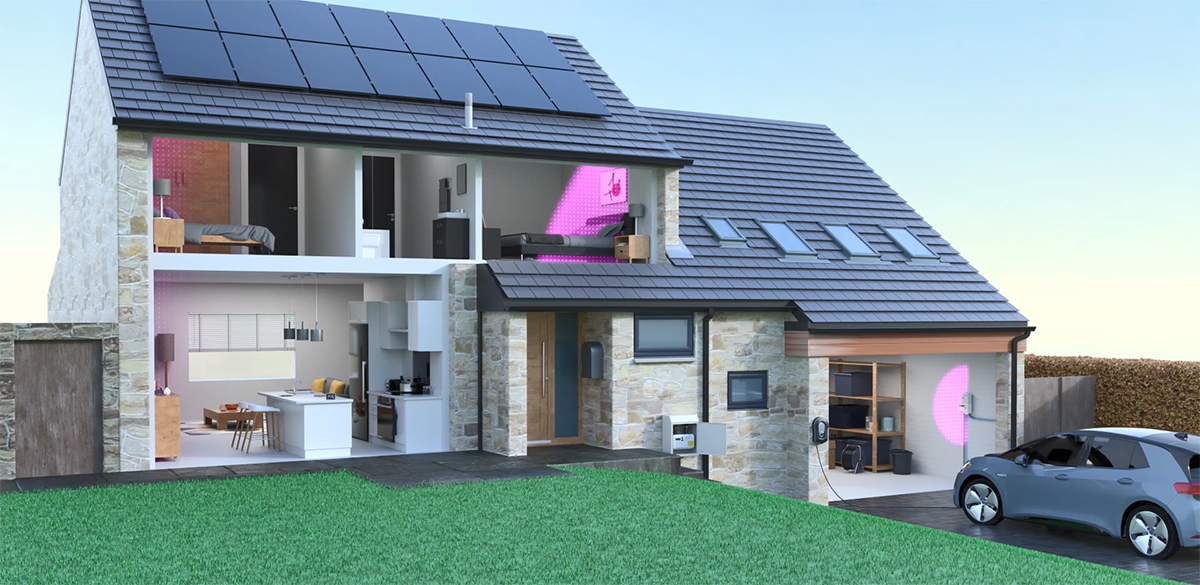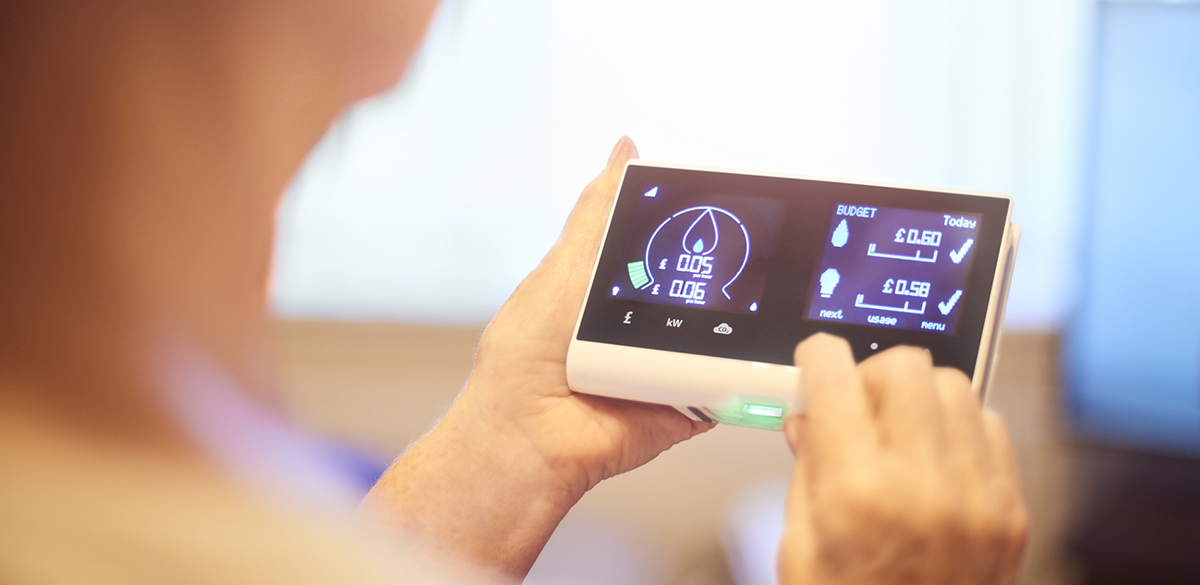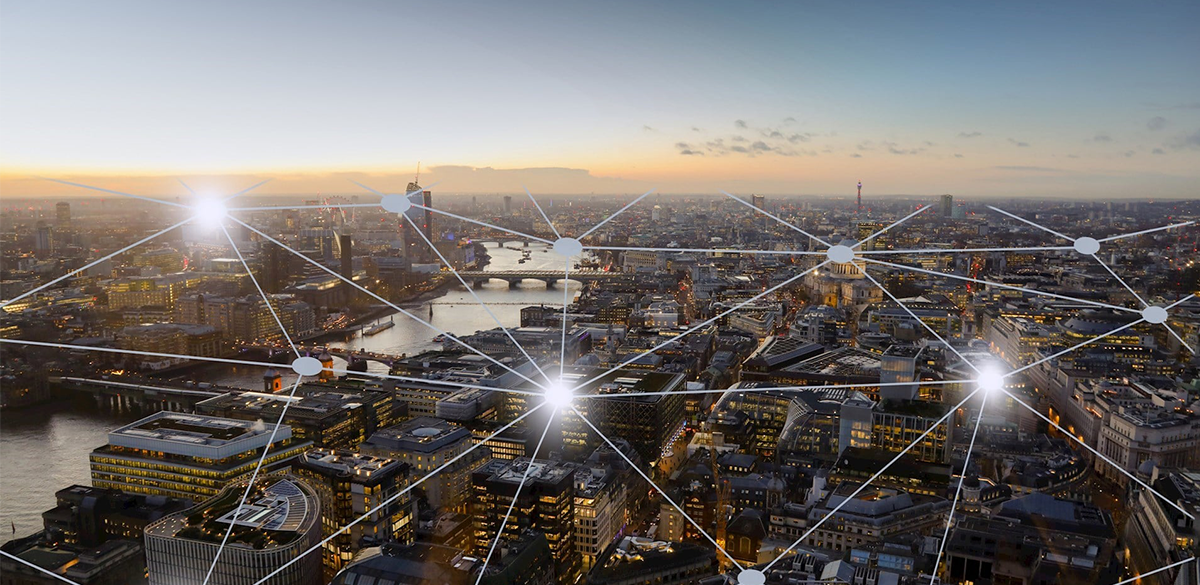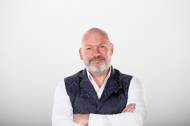Nearly 18 million homes, more than 29 million meters, and 75 million devices connect to Britain’s smart meter network today.
By the end of the decade, every home that wants a smart meter will be able to have one, regardless of location.
Everyone benefits from connected homes and smart metering. Consumers across the country can better understand their energy usage, helping us all make more informed decisions about heating our homes, businesses, and the appliances we use. Today, smart meters enable innovative products that save consumers money. For instance, EV drivers like myself can take advantage of time-of-use tariffs which offer periods of lower-cost energy.
Our data tells us smart metering saved Britain a million tonnes in CO2 last year. But where we are today is just the first step. In this blog post, I’m going to explore the future possibilities enabled by smart metering.
'Internet of Energy' powering the connected home

Our homes are getting smarter every day. With close to 75 million connected smart meter devices in the home, this figure is set to surge in the next five years. ‘Hundreds’ of connected devices could be in the average home by the end of the decade, according to Deloitte – and home utility is predicted to be a major growth area.
But that’s a lot of devices. And we as consumers won’t experience the true benefit unless there’s interoperability between different appliances and technologies – as well as the data behind them.
Known as the Internet of Energy, as I have started to call it, this represents the connectivity, the smarts and the intelligence between energy generators, energy suppliers, and home energy management systems. We are seeing also a real shift in the installation of behind-the-meter assets (EVs, vehicle-to-grid (V2G) batteries, and heat pumps) – with smart metering acting as a bridge for the energy system, as well as central to tariff and consumption. Smart meters have the potential to bridge almost everything.
Supported by advanced cloud capabilities like AI, data from energy generation assets (such as wind turbines and power stations) can be consolidated with consumer usage to form large actionable data sets.
It means in the future energy suppliers or distribution network operators will have the ability to send signals to homes when energy is cheaper or more expensive. So, via smart metering, people can be empowered to make better choices about their energy use, enabling greener homes or this could be automated based on consumer preference.
What are the building blocks of the connected home?

A securely managed end-point that creates the network (today that is the DCC comms hub) connects electricity and gas meters, in-home displays, and consumer access devices to the smart digital spine. Your system, your consent, and your preferences could be managed via a smartphone app, as well as viewing data and usage.
Over time, more and more devices will be added to this spine. With 80% of new cars set to be zero emission by 2030, domestic EV charging points will be a large part of this. Plus, heat pumps, V2G batteries, and home batteries will all increase in numbers.
All these components can be added to the Internet of Energy – underlining the important role of a smart and secure energy system that is built on smart meters within these new smart home energy networks.
It creates an intelligent system that will know the best time to charge vehicles and batteries when energy is cheaper. This dynamic network can help optimise the energy use of electronic devices and white goods, while distribution networks can deal with demand spikes with greater intelligence.
What are the benefits of smart metering in the connected home?

With an exponential increase in connected data, a standards-based system will allow for increasing levels of automation in the connected home while ensuring interoperability.
Home devices will know when energy is cheaper, enabling them to do smart things – such as finding the optimum time to run the next dishwasher cycle, which will lower bills.
When home solar panels and batteries are added to the mix, the assets can decide when best to export energy back to the grid or even share energy through peer-to-peer distribution.
Electric vehicles are smart connected energy devices. Imagine being able to plug in at a family member’s house, and instead of costing them money, you are charged directly by your energy supplier on your tariff. It creates a fairer and more equitable system for everyone.
Smart meter data underpinning connected homes

Meanwhile, behind all this, smart meters can track a greater granularity of consumption data. Armed with this real-time information, energy suppliers can buy energy (via the Market Half Hourly Settlement) in a smarter way, lowering the cost of supply. What’s more, consumers today already benefit from time-of-use tariffs.
Greater granularity of data will arm consumers with better data on the energy used by different devices. So, imagine predicting failing electrical devices or potential faults, which could be used to lower home insurance costs.
For people wanting to embrace this today, the DCC is currently working with Green Energy Options (GEO) on its SeeZero home energy management system. Through automation and intelligence, it takes away a lot of the effort for consumers wanting to make greener choices.
Connected homes, enabled by smart metering, create a greener energy network and benefit everyone.

Mike Hewitt
Chief Technology Officer, Smart DCC
Further reading





